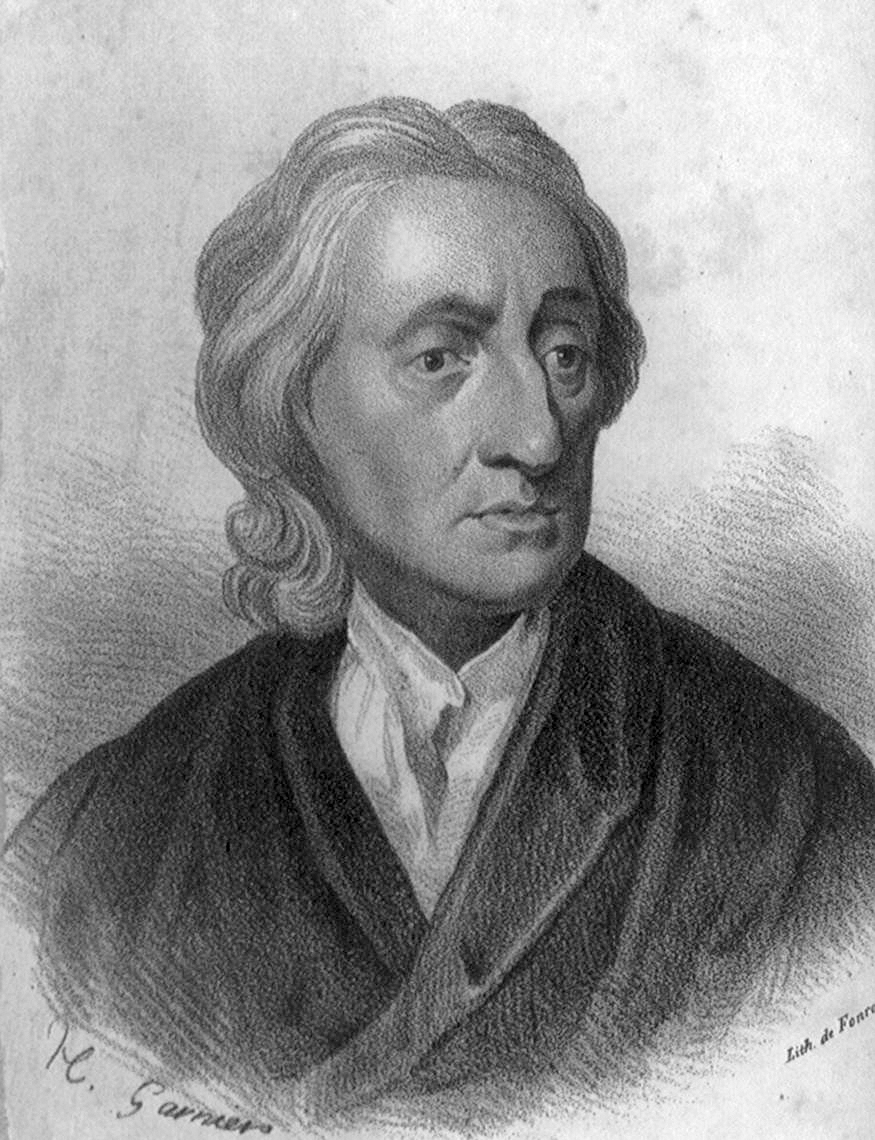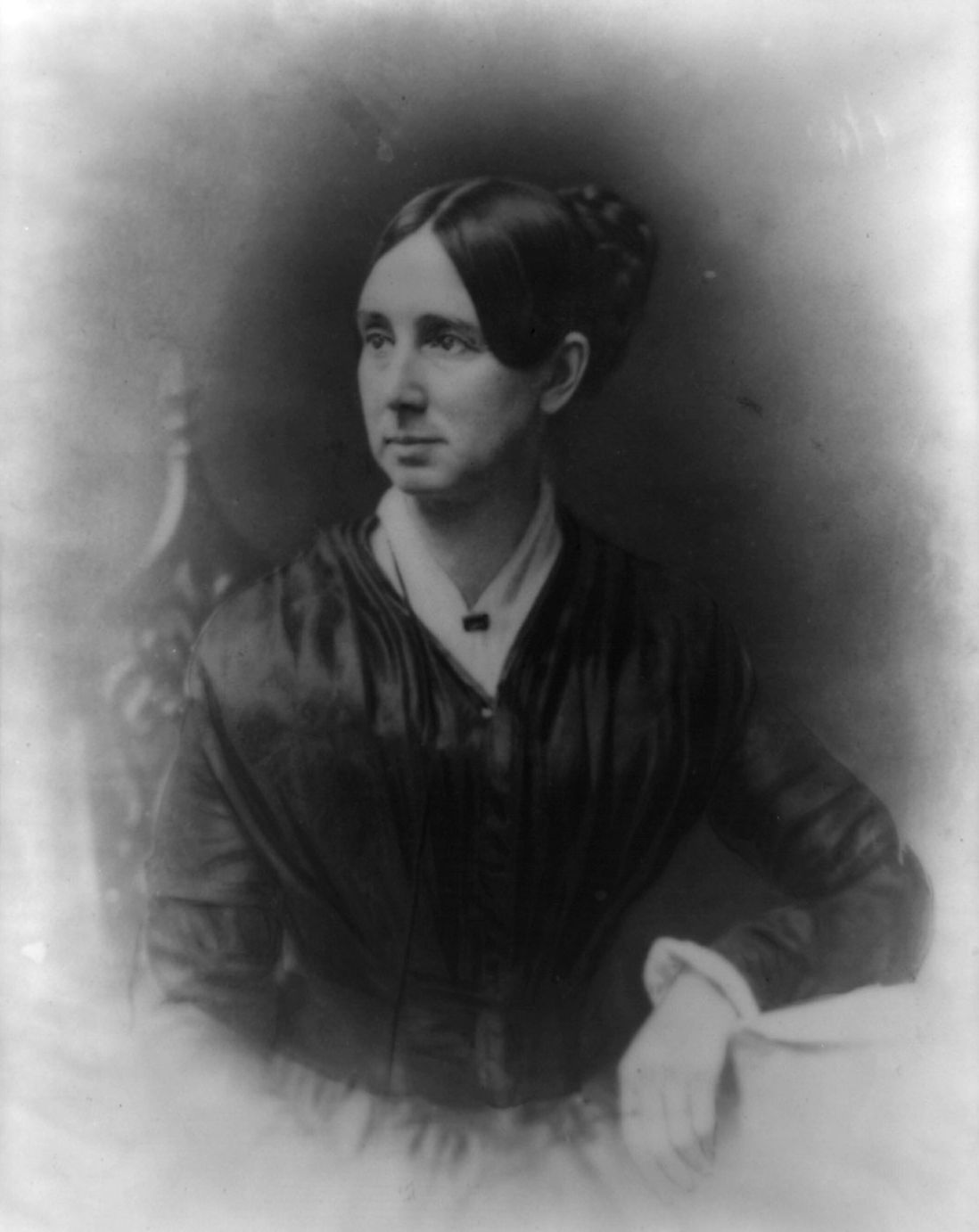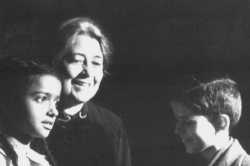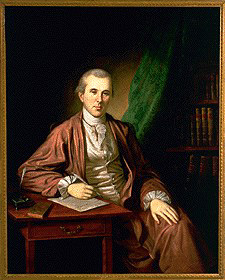Main Content
Lesson 1: Introduction to Normal and Abnormal Behavior in Children and Adolescents
Historical Perspectives
Over the past several centuries there have been dramatic changes in how children and adolescents with psychological problems are viewed and treated. Consider some of these early views:
Early Views
Ancient Greece/Rome
- Those with physical or mental handicaps (of all ages) were an economic burden and social embarrassment. The fate of these individuals was to be ridiculed, abandoned, or put to death (French, 1977).
Prior to the 18th Century
- Children’s mental health problems were largely ignored.
- Abnormal behaviors were attributed to children’s uncivilized and provocative nature – influenced largely by religious views at that time.
- Children were subjected to harsh treatment due to beliefs that they would die, were possessed, or were parents’ property. For example, the Massachusetts Stubborn Child Act of 1654 permitted parents to put “stubborn” children to death for misbehaving. Although no children were known to be put to death, the law protected parents who kept children with severe disabilities in cages and cellars (Donohue, Herson, & Ammerman, 2000).
End of 18th Century through the 19th Century
-
Awareness and concern for children with psychological problems increases as a result of:
- A move away from religious explanations for childhood problems toward a disease model which emphasized more humane treatment.
- Increased emphasis on teaching, training, and supporting children.
- Interest in abnormal child behavior has continued to improve since this time.
Important Early Figures
Click on the named tabs to learn about each individual.
 Public Domain, commons.wikimedia.org
Public Domain, commons.wikimedia.org
John Locke (English philosopher and physician):
Advanced the view that children should be raised with thought and care, not with the harsh treatment common during his time. He also was among the first to see the importance of education and training for children.
 Public Domain, commons.wikimedia.org
Public Domain, commons.wikimedia.org
Jean-Marc Itard (French physician):
Engaged in one of the first documented efforts to work with a child with special needs (Victor of Aveyron). This work sparked other efforts to help children with developmental, psychological, and behavioral problems.
 Public Domain, commons.wikimedia.org
Public Domain, commons.wikimedia.org
Dorothea Dix (American activist):
Among a vast array of advocacy efforts, she helped establish humane mental hospitals for the treatment of youths.
 Public Domain, commons.wikimedia.org
Public Domain, commons.wikimedia.org
Leta Hollingworth (American psychologist):
Helped to distinguish between children with intellectual impairments and those with serious emotional and behavioral problems. This distinction was important for treatment of these problems.
 Public Domain, commons.wikimedia.org
Public Domain, commons.wikimedia.org
Benjamin Rush (American physician):
Helped begin to distinguish between the mental problems of children and adults. His views further advanced the humane treatment of children as well as exploration into the causes of psychological problems.
Important 19th and 20th Century Events
- 1896: First child clinic in the United States was established at the University of Pennsylvania by Lightner Witmer.
- 1905: Alfred Binet and Theophil Simon developed the first intelligence tests to identify children who could benefit from special educational efforts.
- 1909: G. Stanley Hall invited Sigmund Freud to lecture on psychoanalysis at Clark University. Despite concern about some of Freud’s theory, he advanced the idea that events during early childhood can have a significant impact on development.
- 1909: William Healy and Grace Fernald established the Juvenile Psychopathic Institute in Chicago, which would become the model of the child guidance clinics.
- 1911: The Yale Clinic of Child Development was established for child development research under the guidance of Arnold Gesell.
- 1913: John B. Watson introduced behaviorism in his essay Psychology as a Behaviorist Views It. The behavioral view has been influential in the understanding and treatment of childhood problems.
- 1917: William Healy and Augusta Bronner established the Judge Baker Guidance Center in Boston. The emphasis at this center was on diagnostic studies and treatment recommendations for children brought to juvenile court.
- 1922: The National Committee on Mental Hygiene and the Commonwealth Fund initiated a demonstration program of child guidance clinics.
- 1928-1929: Longitudinal studies of child development began at Berkeley and Fels Research Institute.
- 1935: Leo Kanner authored Child Psychiatry, the first child psychiatry text published in the United States.
